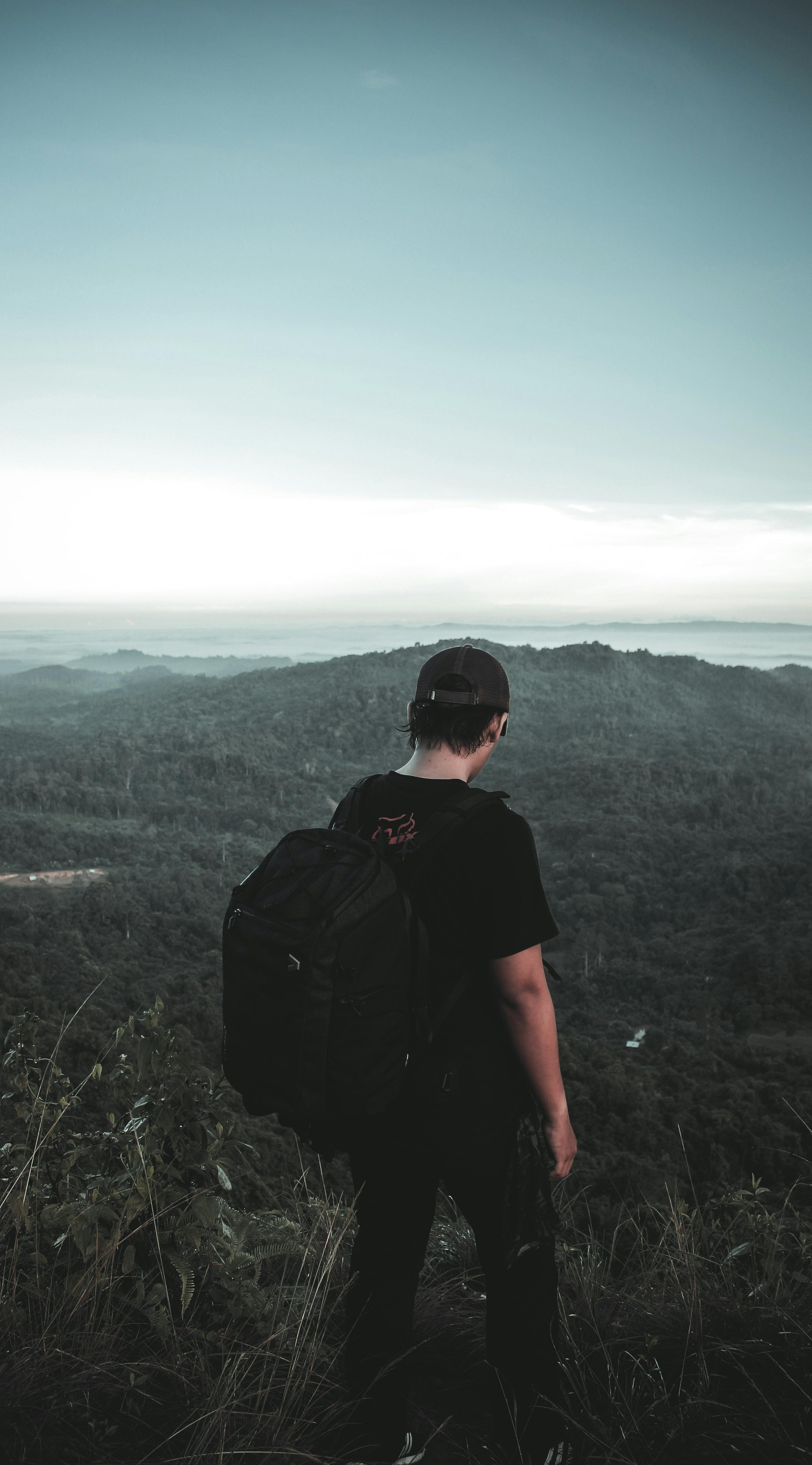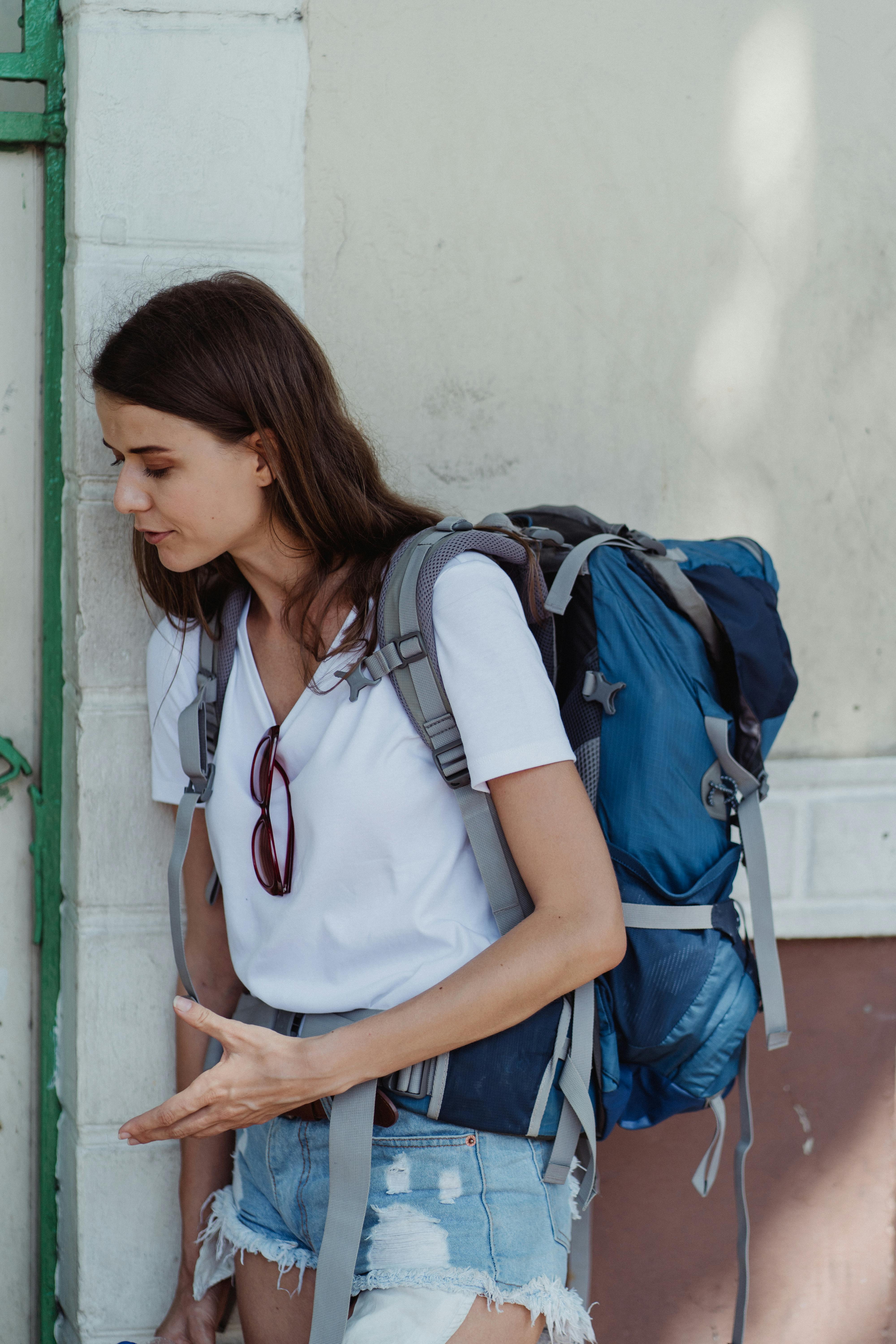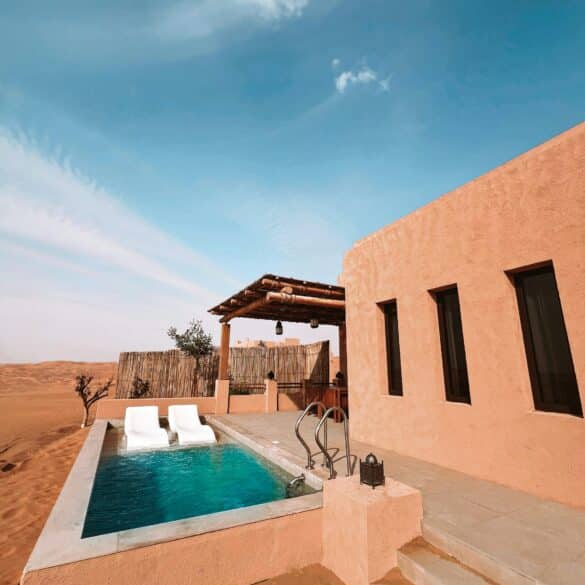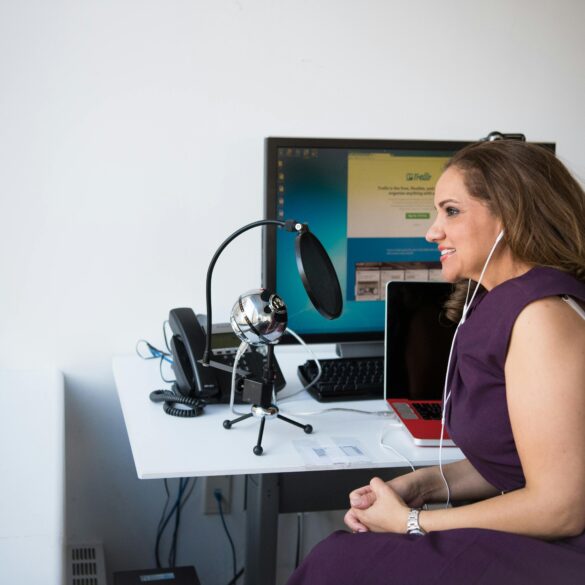Best Budget Travel Tips: Solo Backpackers’ Guide to Kyrgyzstan
Here’s a scene: rattling through the foothills of the Tien Shan mountains in a battered marshrutka, dusty backpack wedged under your knees, your destination a cluster of yurts you booked through a friend-of-a-friend just 72 hours earlier. If that already strikes you as adventure, you’re in for a treat. But let’s bring it down to earth: solo backpacking in Kyrgyzstan isn’t just about swapping the postcard-perfect Lake Issyk-Kul for an Instagram feed. It’s about stretching your budget, earning genuine local hospitality, and honestly, making peace with logistical chaos (and the odd misadventure). Whether it’s your first time solo or you’re a travel veteran, I’m here to reveal what really works for budget backpackers—from transport and border crossings to not getting gouged by city taxi scams.
There are guides out there—lots of them. But too many gloss over pricing realities or avoid tough topics: “What’s safe for solo women?” or “Do hostels accept walk-ins in November?” I’m laying it all out, including what I got wrong my first time (and why I never buy SIM cards at the airport anymore). This guide is pure actionable advice, honest local insight, and a thread of stories only someone who’s gotten lost in Osh bazaar three times in one week could relay. If you want the why as well as the how, you’re in the right place.
Why Kyrgyzstan Is a Must for Budget Backpackers
Let me set the record straight from the start: if you crave authentic adventure, love a challenge, and want to keep daily costs under $30, Kyrgyzstan is every solo traveler’s dream. Here’s why: It’s one of the few remaining destinations where nomadic culture intersects with wild mountain scenery, and your dollar (or euro, or pound) goes incredibly far1. Buses are $1.50. Hostel beds? Less than $10 outside Bishkek, and in peak trek season, you’ll split yurts with new friends for even less. Hiking is mostly free or dirt cheap (permit fees are minimal), and there’s a unique bonus: the hospitality of the Kyrgyz people—a hug, a cup of kumis, or a lift in the back of a Lada—costs nothing but your willingness to accept it.
Key Insight
What really struck me during my solo treks—from Karakol to Arslanbob—was that “expensive” in Kyrgyzstan is almost always relative. Weeknight dinners in Bishkek can jump from $3 to $14 if you wander into a Western café, yet the best ashlyan-fu soup I had (served at dawn at a roadside stand in Naryn) cost less than a can of soda in Paris.3
Of course, the real reason seasoned soloists come to Kyrgyzstan? Wild freedom and raw landscapes. No ferries packed with gap-year crowds or overpriced “local experience” tours here. You’ll hitch rides with farmers heading to market, overnight in valleys with zero WiFi, and realize on day three that you haven’t met another tourist in 24 hours. In my experience, nowhere beats Kyrgyzstan for off-the-grid value.
Backpacker Costs: How Far Does $20 Go?
Did You Know?
Backpacking basics in Kyrgyzstan can be covered for under $20 a day if you skip alcohol, cook your own breakfast, and use marshrutkas, not taxis.4
| Expense | Low-End (USD) | Notes | Common Savings |
|---|---|---|---|
| Hostel Bed | $7-10 | Cheaper in off-peak towns | Book a day ahead for deals |
| Street Food Meal | $1-2 | Lagman, manti, plov | Avoid tourist cafés |
| Intercity Marshrutka | $3-7 | Bishkek-Karakol: $6-7 | Travel with locals |
| Park Entry | $1-2 | Altyn Arashan, Sary-Chelek, etc. | Ask for “student” rate (it sometimes works!) |
Let me clarify: Taxis, “private” marshrutkas, and Western-hosted tours will sink your daily budget fast. Figure out where you want to splurge (yurt stay, epic day trek, highland horse rental), then keep everything else local, seasonal, and shared. Odd tip? The best money I spent all month was on a roadside watermelon… and the worst was on an overpriced “artisanal” coffee near Ala-Too Square. Go local, go basic, and your wallet will thank you.
Transport Hacks: Getting Around on the Cheap
You know what most blog posts get wrong? They don’t tell you how utterly essential marshrutkas are in Kyrgyzstan—and how frequently you’ll curse their unpredictable schedules. Here’s my unvarnished advice: Don’t plan by the exact minute. Schedules are more “guidelines,” especially outside Bishkek or Osh, so leave wiggle room for delays, weather, and (my favorite) last-minute animal arrivals. If you catch the “direct” Karakol bus on time, count yourself lucky—locals sometimes wait two hours for a seat.5
- Use marshrutkas over taxis: $1 local vs. $4 for the same ride.6
- Avoid airport taxis: Airport “touts” charge 5-10x the real fare. Instead, hop the public minibus outside parking gates.
- Ride-sharing works in cities: Use Yandex or Namba Taxi apps for better rates than haggling (and less confusion with language barriers).
- Long-distance ridesharing: Platforms like Poputchik and BlaBlaCar exist but are less active; check hostel message boards for fellow travelers heading your way.
Personal Note
First time in Osh, I accidentally flagged an “informal” taxi with no meter. Price tripled after dark. Since then, I check fare estimates in the app before even leaving WiFi. Learn from my mistake: always agree on the fare before you get in.7
Hostels, Guesthouses, Yurts: Where (and When) to Book
Accommodation’s the wild card. In Bishkek or Karakol, hostel prices rival Southeast Asia—but outside major hubs, “hostel” may mean someone’s spare room or a government-run homestay. My best stays happened outside booking platforms: saying yes to a local’s invite or using Community-Based Tourism (CBT) offices. Early-season, don’t be afraid to walk in (beds are plenty). High summer? Book at least a day ahead, especially in Karakol, as festivals fill beds fast.
- CBT offices help solo travelers find safe, affordable beds—bonus: they often include homemade breakfast.
- Yurt stays cost $10-20 with meals and unbeatable local insight. Trek season is June-September.8
- Female solo tip: Guesthouses tend to be family-run and safe, but always read latest online reviews before committing.
- Door-to-door negotiation: Don’t be shy—sometimes you’ll get a same-day half-price deal if you show up late.
Insider Takeaway
I realized something odd during my third week: in smaller towns, your “hostel” likely doubles as the family’s living room (yes, grandma might peek to check you’re warm enough). Once, a host’s son played translator with Google. Both humbling and hilarious.
Eating Well (and Safely) for Less
Food is where frugality gets real—and adventurous. Kyrgyz cuisine is affordable for omnivores, and vegetarian backpackers often survive on bread, jam, and fruit in smaller towns. I have to say: I never understood the regional obsession with lagman (noodle soup) until I tried it fresh. Street meals rarely cost more than $2-3, but here’s the kicker—look for tables full of locals, not Instagram decor.
- Best budget eats: Ashlyan-fu, manti, samsa, shashlik. Test the waters first; street food is generally safe, but avoid reheated or long-sitting items.9
- Water safety: Tap water is risky in most places (even Bishkek). Carry a filter or buy sealed bottles—found everywhere for less than $0.50.
- Markets over mini-marts: Fresh produce (apples, tomatoes) is dirt cheap in bazaars—not so in corner stores.
- Vegetarian? It’s trickier. Tell hosts “ya vegetarianets” and stick to simple lagman or seasonal salad.
“The essence of travel is making the unfamiliar familiar, and the familiar a little less ordinary.”
The thing to remember is how suddenly routines shift: one night, you’re sharing pills of bread with five generations of a family near Arslanbob; the next, you’re walking two kilometers for boiled eggs at the only open stall in Kochkor. Flexibility isn’t optional, it’s essential—a lesson I keep relearning.
Solo Safety: Cultural, Seasonal, and Gender Contexts
Kyrgyzstan’s reputation is among the safest in Central Asia for backpackers, but solo travel requires situational awareness, especially for women and LGBTQ+ travelers.10 Petty theft is rare; scams are somewhat more common in touristy spots, and cultural norms skew conservative. That said, I felt safer walking city streets at midnight here than in parts of Europe—but I still followed a set of unwritten rules I swear by.
- Always greet elders in the household; small gestures are noticed and respected.
- Don’t flash electronics or large bills; keep backup cash in different pockets.
- Dress modestly in rural areas; tank tops and shorts draw unwanted scrutiny.
- Trust your gut. If a taxi situation, accommodation offer, or “friendly” local feels off, politely decline and move on.
Quick Reality Check
During Ramadan or festival weeks, alcohol isn’t just inappropriate—it may not be available even in hostels. For non-drinkers, this is the easiest place I’ve traveled. For others, adjust expectations.
“I’d rather have questions I cannot answer than answers I cannot question.”

Essential Packing (and What’s Not Worth the Weight)
Okay, so let’s talk packing—because “budget” isn’t just about money, it’s about what you’re willing (or not willing) to lug uphill at 2,500 meters. I’m always tempted to overpack the first time (who isn’t?), but Kyrgyzstan punished me for every unnecessary ounce. My advice has evolved: go lighter than you think, but don’t skimp on essentials for high-altitude weather or “village downtime.”
- Layers: Mornings can be frosty even in July—bring one base thermal layer and a rain shell.
- Cash in small denominations (ATMs aren’t always nearby, and card machines may suddenly “stop working”)11.
- Simple water filter (such as Sawyer or LifeStraw): Saves money, prevents the “giardia lottery.”
- Google Translate (offline Kyrgyz and Russian): Not everything is signposted, not even in Bishkek.
- Universal sink plug and laundry soap: Hostels rarely have laundry machines, so handwashing is the norm.
- Spare phone cable and power bank—the electricity can be out for hours in rural guesthouses.
On my first visit, I dragged a hardcover guidebook the whole route. Never opened it once. These days, I download PDFs and save docs offline. Actual books? If you must, trade with hostels along the way. Sure, a tiny library at the end of the world feels romantic—but my back prefers digital.
Packing Mistakes I’ve Made:
- Brought expensive hiking boots instead of broken-in sneakers—nearby peaks are rocky but not technical; comfort beats “trail cred.”
- Ditched sunscreen by mistake: sunburn sneaks up at altitude, and pharmacies may not stock your favorite brand.
- Skipped local sim card. Don’t. Get Beeline or O! instead of overpriced “tourist” plans at the airport (city kiosks have better deals).
- Overpacked “rainy season” gear in August (rain is brief, not constant—spare those unnecessary ponchos).
Top Local Hacks: Insider Tips I Learned the Hard Way
There’s no substitute for getting local. I can’t count how many times a market lady or marshrutka driver steered me toward a better deal (sometimes literally, other times with wildly animated hand signals). Here’s what I wish I’d internalized sooner, and what I remind every new backpacker:
- Don’t ignore the tea table: Accept tea when offered, even if you’re full; refusing outright is seen as impolite.12
- Market timing: Shop late afternoon—vendors often drop prices on bread and fruit before closing.
- Hostel message boards: Old-school, yes, but goldmines for finding trekmates or off-grid rideshares (especially for single routes north or west).
- Know the public bathhouses (banyas): A shower can cost $0.75, which can be a relief during long mountain routes with no hot water.
- WiFi reality check: Only hotels and a few big hostels have decent WiFi; most guesthouses and villages don’t. Download maps, contacts, and logistics before you’re out of range.13
“Hospitality is the heart of Kyrgyz culture—accept it, honor it, and it transforms your experience.”
Quick Hack List: Avoiding Rookie Mistakes
- Hand KGS bills to vendors by denomination; don’t let them “make change” behind the counter.
- Plastic bags cost extra in most shops—carry a foldable tote instead.
- After 5pm, street food sometimes jumps in price—buy snacks midday.
- Bargain with humor, not aggression—it’s far more effective.
Country Fact: Kyrgyzstan by the Numbers
| Stat | 2024 Value | Context | Why It Matters for Backpackers |
|---|---|---|---|
| Official Exchange Rate | ~91 som/USD | Check daily; fluctuates with season | Impacts all cash transactions (esp. rural) |
| Population | 6.8 million | Sparsely populated outside cities | Off-grid hiking, easy social distancing |
| # of Hostels | Est. 60-80 | Peak in Karakol, Bishkek | Book ahead in July–August |
| Avg. Local Salary | ~$220/month | World Bank, 2023 | Price check: be fair, but don’t overpay out of pity |
Reflective Pause
One of the biggest realizations for me: what felt “cheap” as a backpacker could be a local’s week’s wage. Mind your travel ethics—tip for hospitality, but don’t drive up prices for everyone else.
Key Takeaways & Action Steps for Solo Backpackers
- Pre-book only when absolutely necessary; flexibility beats rigid itineraries in rural Kyrgyzstan.
- Learn a handful of Kyrgyz and Russian phrases—it’s your best budget “hack.”
- Be transparent about your budget with hosts and guides; they’ll help you cut corners, not upsell.
- Ask, don’t assume—especially about transport, opening hours, and festival dates (which change last-minute).
- Above all, trust your instincts—and be ready to rip up your plans for a spontaneous lake trip, a shared meal, or an unexpected detour.
Quick Call to Action
Ready to step into Central Asia’s best-kept secret? Pack your bag, keep it light, travel open-minded—and always greet with a smile. Your Kyrgyz adventure, honestly, will deliver more authenticity per dollar than anywhere else I’ve been. Share this with a friend or reach out with your own unscripted stories.
“Travel is fatal to prejudice, bigotry, and narrow-mindedness.”
Reflection: My Ongoing Kyrgyz Learning Curve
Here’s my postscript confession: I’ve been at this a decade, and every time I return, Kyrgyzstan throws me off in new ways. Language gaps, shifting border formalities, last-minute marshrutka line changes—I find myself humbled again. But I wouldn’t have it any other way. If there’s one thing I keep relearning, it’s that budget backpacking here isn’t about rigid checklists—it’s about curiosity, patience, and a readiness to make mistakes. The rules? Break them sometimes. The “must-sees”? They’ll find you. Pack less, expect less, receive more. Ultimately, Kyrgyzstan isn’t just a spot on the map—it’s a test of travel humility, flexibility, and (sometimes) your ability to sleep through taxi horns outside your $7 hostel.
Let’s Keep It Real
If you’ve got hard-won tips, stories, or questions for next season, comment or connect. We keep this guide evergreen by sharing real-time updates and learning as a (global) community of backpackers, not just “travel influencers.” I can’t wait to see what you discover.
References



